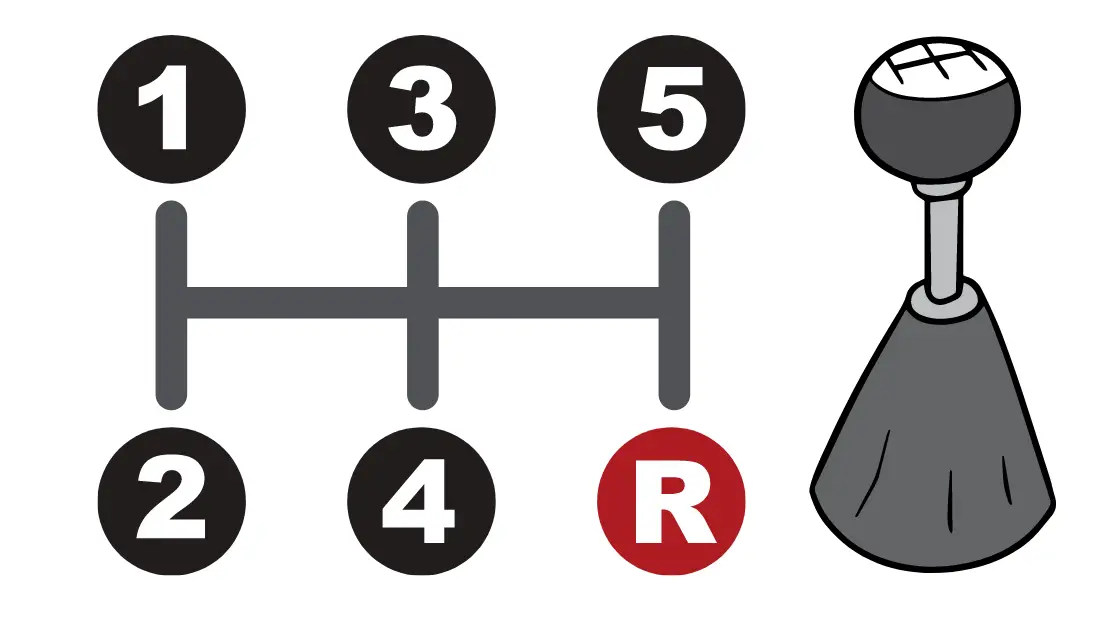Failed the Road test in standard car
Question about how to drive stick on the road test
We’ve got a question here on how to drive stick for the road test, and for real life of course.
I just failed my road test after driving for 7 years in a foreign country. My mistake was that I brought a manual car for the test. I got marked on shifting and steering several times. She said that I should not change gears while I am turning and I should not coast with clutch in.
Examiners here in BC don’t know that you cannot change gears without a clutch in for a few seconds and you cannot put your hands on the steering wheel for the whole time as you have to change the gears. I admit that I have a bad habit of steering with one hand, but for the test I did my best to put my both hands on the wheel.
It’s very unfair for the people, who take the test in a standard transmission that the examiners are so picky about steering and changing gears. I know a lot of people, who passed the test with an automatic transmission that they don’t have the basic driving skills and the funny thing is that they can also drive a manual car with that permit, although they’ve taken the exam in an automatic car.

Funny things
I agree. Some stuff about ICBC really just makes no sense whatsoever.
Yes, you could pass the road test in an automatic. Then, you could get into a standard car, and drive it by yourself wherever you want.
This is true even if you’ve never driven one in your entire life.
New drivers could also obtain their ‘N’ without ever having merged onto a freeway; and then drive onto the freeway all alone in the middle of rush hour.
One could also obtain their driver’s license in Chetwynd, which has a rush hour that looks sort of like this,
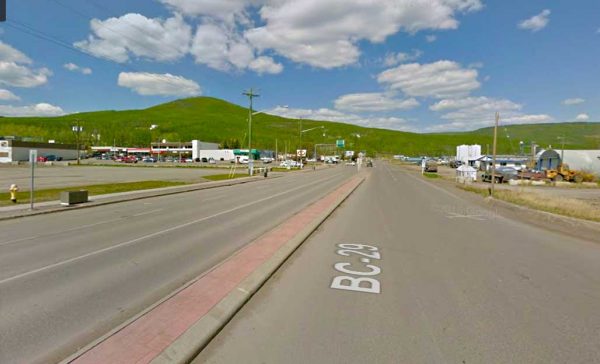
… and then drive straight into downtown Vancouver all alone; which can look something more like this,
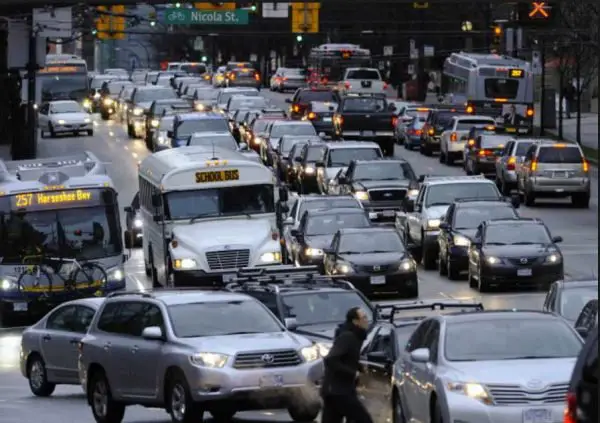
However, as much as this doesn’t seem to make sense, would it make more sense to have people take a road test in a vehicle that they may never drive?
Or, does it make sense for someone living in Chetwynd to be forced to travel to Vancouver? Just to take a road test in a city they may never even drive in?
One Handed Steering
I must tell you, that any person will fail the road test if they are only using one hand to steer, whether that be in an automatic or standard.
Tips for Driving and Passing Road Test with Manual Transmission
Some of these may sound obvious but here are some tips
How to drive stick? First, the vehicle should operate smoothly
Okay, duh. But this is a good simple way to really ask yourself if you’re good and if you’re ready.
If you are having trouble driving the vehicle in a way that it’s just as smooth as someone driving an automatic vehicle, then you may have some brushing up to do.
How to drive stick: You must select the right gear
This also sounds rather obvious. But for new drivers it is very easy to select the wrong gear at first. Not to mention knowing what the ‘wrong’ and ‘right’ gear really means.

Make sure you apply the brake before shifting gears when starting
If you don’t do this, your vehicle would be subject to gravity.
And, if it starts rolling forwards or backwards without you having checked surroundings for safety, then this doesn’t look good.
If the driver is new and/or the starting motion isn’t perfect, the car could lurch forward/backward if it were to stall, and without the brake on. This is dangerous.
Do not change gear from forward to reverse, or reverse to forward while the vehicle is moving
Make sure the vehicle is completely stopped.
Just as you wouldn’t do this in an automatic vehicle, do not do it in a standard one either.
I probably don’t have to tell you that this will likely grind the gears.
Not to mention just making you look like you don’t know what you’re doing.
What kind of a driver would ask a car to go forwards and backwards at the same time?
Do not coast in neutral or with the clutch in for more than 5 seconds
If you are pressing the clutch, it should be for the following reasons only.
- Starting the car, or starting to drive from a stop
- Stopping
- Changing gears

How To Drive Stick: ‘Rolling’ Down The Road?
The thing that is impossible to do while rolling down the road in neutral is use the accelerator to speed up, if you needed to.
This gives you an unnecessarily diminished amount of control of your vehicle.
Not to mention, if you are driving somewhere other than a road that is perfectly flat – and even then – you are giving control of your vehicle away to gravity, for no reason.
We don’t put automatic cars into neutral for no reason when driving down the road, and nor should we do this while driving a standard.
There is just no reason to.
IS IT ILLEGAL TO COAST DOWN A HILL IN NEUTRAL IN BRITISH COLUMBIA?
Yes, it’s illegal.
197 When travelling down grade a driver must not coast with the gears of the vehicle in neutral or the clutch disengaged.
Avoid stalling
You can stall here and there (how human of you) but if you stall every 4 minutes this may be a problem
If you find yourself stalling a lot, this may be due to:
- Trying to start out (or generally being) in the ‘wrong’ gear
- Forgetting to depress the clutch when stopping
- Too fast with the clutch while starting out and/or not enough gas while starting out
Do not depress the clutch earlier than required
This prevents the vehicle from lugging or stalling
Even more tips on how to drive stick
Some people depress the clutch in preparation for stopping but they do it too far in advance.
Some people don’t realize that you don’t necessarily always need to gear down in preparation for stopping.
There may be times when you would want to do this for safety reasons, such as in rainy conditions or while driving down a grade (hill), to assist with slowing.
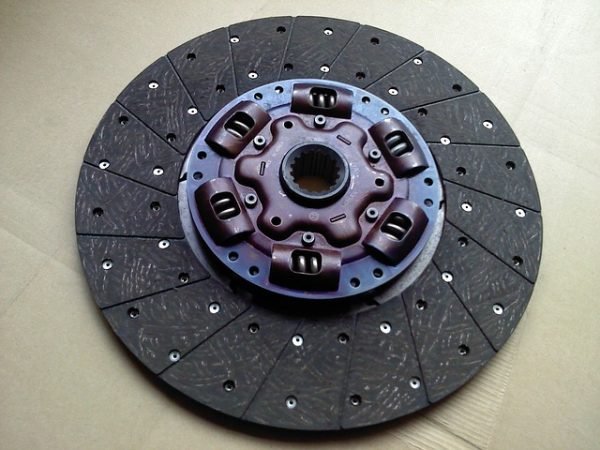
However, every time you press the clutch is more wear and tear added to it.
If you can eliminate any extra shifting, then this can prolong the life of your clutch, which doesn’t exactly have the reputation of being cheap to replace. In fact, they’re hella expensive.
Therefore, if you’re driving on a flat and dry road on a day with ideal conditions, then you could simply press your service brake (brake pedal) to slow down the vehicle.
This would work, for example, for a red light or stop sign.
Brake pads are much cheaper to replace compared to clutches, by the way.
Then, simply press the clutch in the few moments before your vehicle actually stops. This prevents stopping.
Listen to your vehicle. It will tell you if it is unhappy. If you don’t feel or hear any complaints, then the vehicle is perfectly fine.
For example, if you are slowing down with the brake pedal only, while still driving in 3rd gear. It’s no big deal.
The driver doesn’t always have to start driving in 1st, and then change to 2nd, and then change to 3rd, and then go from 3rd, back to 2nd, and then back to 1st.
Stopping in 3rd is an option.
One can probably even stop in 4th and 5th although this probably doesn’t happen too much in real life.
Definitely, stopping in 2nd is a great option. If there’s no good reason to gear down (often from 3rd) before you stop, then don’t.
You can simply change back to 1st gear before you start again.
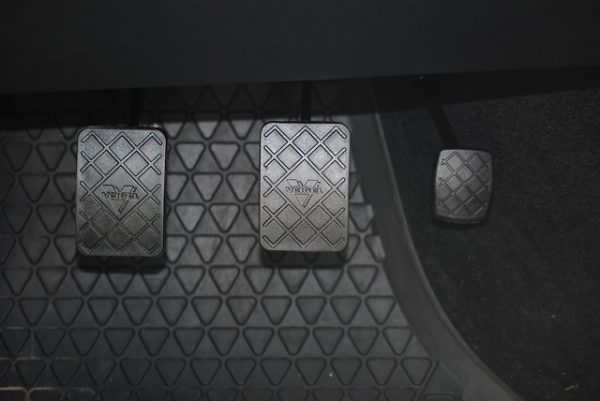
How to drive stick: starting in 2nd and skipping gears
While we’re on the subject, realize that you could also start in 2nd if your vehicle is starting down a hill.
It is also perfectly possible to skip gears if you so wanted to. You could shift from 2nd to 4th, or from 3rd to 5th on the highway.
You could slow down that way as well. You could shift from 4th to 2nd, for example, if you were coming off the freeway and wanted to slow down quickly.
Just be mindful of the combination of your speed, conditions, and engine revs so that you are not in danger of ‘red-lining’ or damaging your engine.
Do not shift from 4th or 5th into 1st.
Before you turn a corner, 2nd gear should usually be the perfect gear for this, unless you are actually needing to stop first.
So, shifting from 3rd or 4th into 2nd is much more realistic and common.
Do not grind the gears
Another obvious tip. But do make sure your clutch is completely and fully depressed before changing gears.
Do not change gears in a way that results in an abrupt change of speed to the vehicle
or One that causes whiplash to you or your passengers
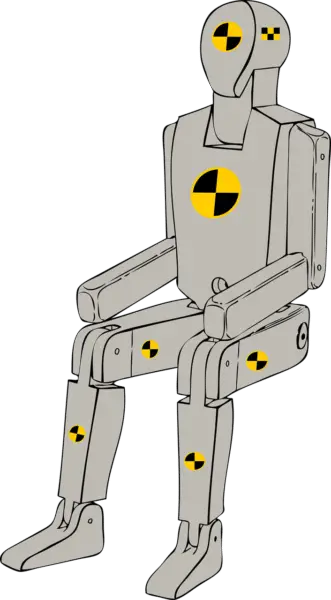
This isn’t nice and it just makes you look like you could use some improvement.
Do not look at your gear select while moving
This sounds obvious too, but many new drivers may find this tempting.
Doing this would be not too much different from checking your emails while driving. Or like, do you usually stare at the brake, gas, and steering wheel while you’re driving?
With the car parked – the car doesn’t even need to be on – practice shifting gears without looking, just look up ahead as you would if you were driving.

How to drive standard transmission: Do not slip or ride the clutch unnecessarily, excessively, or longer than necessary
Put your left foot away onto the dead pedal, if you have one, or somewhere else in that general vicinity, if you are not using the clutch to start, stop, or change gears.
Do not rest your foot on top of the clutch pedal.
Aside from adding unnecessary wear, it can also appear to an examiner that you are riding the clutch even if you technically aren’t.
Do not shift while rotating the steering wheel
Controlling the vehicle while turning and steering is so important, and doing this with two hands is the best way to ensure maximum control.
Shifting gears at the same time, obviously robs this control and that is why examiners don’t like it. Simply shift gears before turning, if you need to.
Yes, you must take your hand off the steering wheel in order to change gears. Just put it back on after shifting as a good habit.
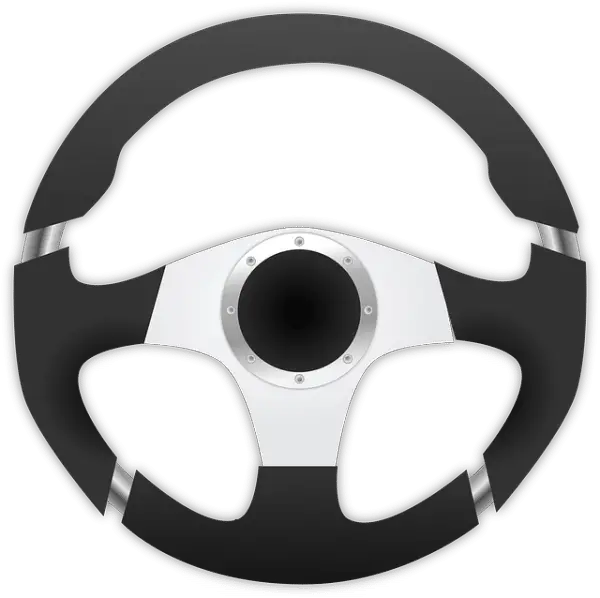
How to drive stick: Changing gears in intersections
You may change gears in an intersection; there is no law against it.
Some intersections are very large and doing this is necessary.
Keep in mind it is technically illegal to change gears while driving over train tracks (old, silly law, probably no one cares).
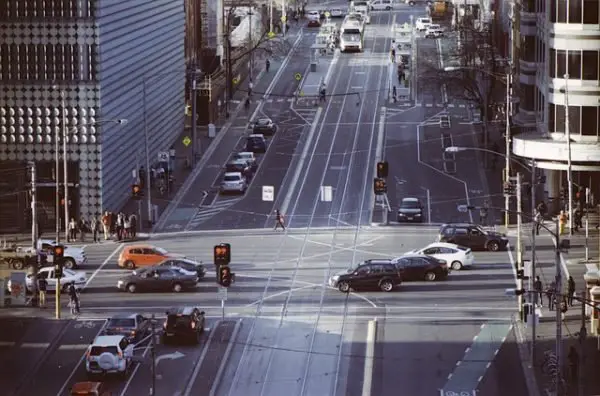
[mc4wp_form id=”41228″]
Read more:
